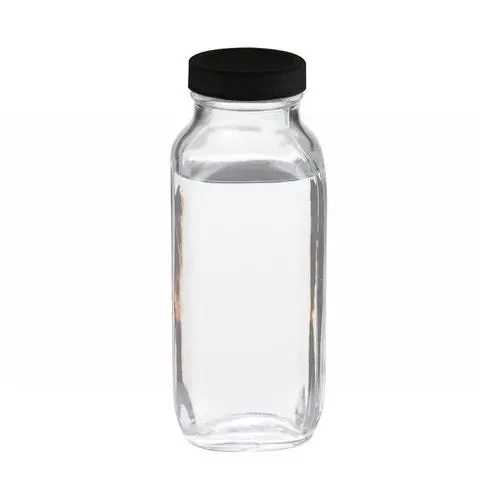

Understanding the interaction between fillers and polymer matrices is pivotal in optimizing these materials. Good interfacial adhesion between the filler and polymer matrix is essential for performance enhancement. Poor adhesion can lead to filler pull-out, reducing the mechanical properties of the composite. Thus, coupling agents such as silanes are often used to modify the surface of fillers, enhancing compatibility and bonding with the polymer matrix. Moreover, the size, shape, and distribution of fillers significantly affect the end properties of the composite. For instance, nano-fillers, due to their high surface area to volume ratio, can markedly improve properties even at low loading levels. This is evident in the use of silica nanoparticles in rubber to improve wear resistance and mechanical performance, making them ideal for tire applications. The environmental implications of fillers in polymers are a growing concern. With increased emphasis on sustainability, bio-based fillers such as cellulose fibers are gaining traction. These fillers offer the dual benefit of enhancing polymer performance while being derived from renewable sources, thus contributing positively to the environment by reducing reliance on fossil fuels. In the realm of surface aesthetics, fillers influence the texture and color of polymers. Certain fillers can enhance the gloss or matte finish of a product, adding to its visual appeal. Additionally, fillers can stabilize color pigments within polymers, preventing color degradation over time and under UV exposure. In conclusion, the role of fillers in polymers is multifaceted and crucial to the development of high-performance materials. They embody a symbiotic relationship between cost-efficiency and enhanced material characteristics, playing a fundamental role in innovation across industries. As research progresses and new fillers are developed, the potential for creating tailor-made polymer composites with specific properties will only expand, reinforcing the importance of fillers in the future of materials engineering.
Next:

